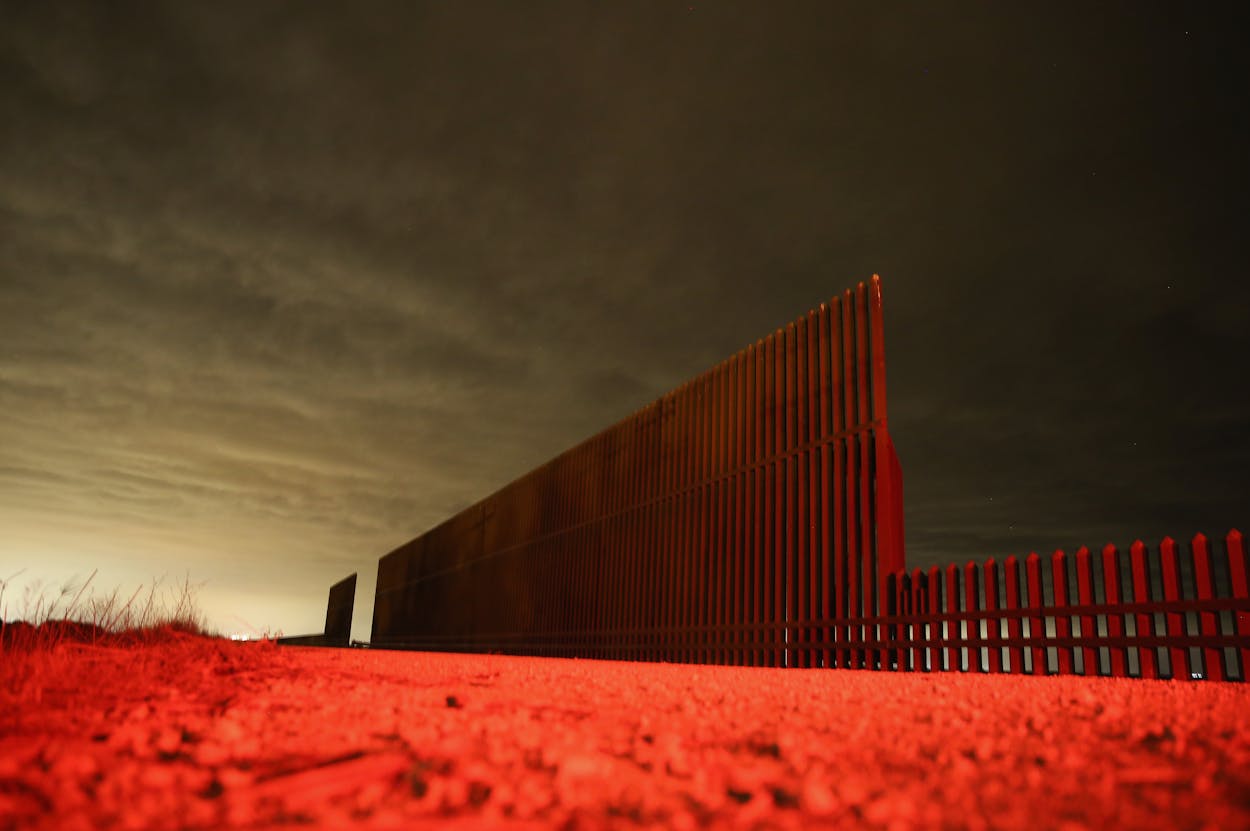Given the eight-year battle between Texas’s leaders and the Obama Administration, and today’s inauguration of Republican Donald Trump as president and his promise to build a wall on the border with Mexico, I thought this was a good moment to review the love/hate relationship between Texas and the federal government.
1845: Anglo Texans were eager to become part of the United States. The first act of the state constitutional convention was to petition the federal government for troops to secure the border between Texas and Mexico.
1850: During congressional debate on whether to allow slavery to expand westward and where to establish the boundaries of Texas, the Texas Legislature authorized Governor George T. Wood to raise an army to guarantee the state’s claim to Santa Fe. President Millard Fillmore mobilized federal troops to repulse any invasion from Texas. The whole affair was settled by the Compromise of 1850, establishing the current Texas borders and paying the state $10 million.
1861: Anglo Texans, angry that the federal government had not been able to enforce the Fugitive Slave Act in northern states and fearing that the election of Abraham Lincoln would lead to the emancipation of all slaves, voted to secede from the Union.
1865: Federal troops arrive in Galveston on June 19 with the Emancipation Proclamation, effectively ending the Civil War and freeing the slaves.
1874: Republican Governor Edmund J. Davis won a Texas Supreme Court ruling invalidating the election of 1873, an election rife with fraud on both sides. But Democrat Richard Coke had received almost twice as many votes as Davis. Davis barricaded himself in a Capitol office surrounded by state police while Coke held parts of the state with armed forces. Davis pleaded with President Grant to send federal forces into Texas to protect the civil rights of African-Americans as well as his government. “Would it not be prudent, as well as right,” Grant wrote back, “to yield to the verdict of the people as expressed by their ballots?”
Skipping ahead, we come to the 1930s and a time when Texans embraced the federal government.
1933: Businessman J.O. Langford, legislator E.E. Townsend and Fort Worth Star-Telegram publisher Amon Carter began a push to preserve Big Bend. By 1942, the Legislature appropriated $1.5 million to purchase 600,000 acres, and the land was gifted to the federal government for a national park. The 1933 Legislature also purchased East Texas forest to gift to the federal government for national forests.
1933: Mayors and city managers from Texas’s 31 largest cities meet in Austin to discuss limiting the ownership of machine guns because of criminal activity of Clyde Barrow and George “Machine Gun” Kelly. As a result, Governor Miriam A. Ferguson called a special legislative session to ban the ownership of a machine gun in Texas. The Texas law prompted passage of a federal act limiting ownership of machine guns. However, today, the federal Bureau of Alcohol, Tobacco and Firearms reported in February 2016 that it had registered 34,848 machine guns and 165,499 silencers in Texas.
1935: Four rural school districts near Lubbock consolidated into the New Deal school district, named after President Roosevelt’s programs. The nearby town took the name in 1949.
1953: President Eisenhower signed legislation ending the Tidelands Dispute between Texas and the federal government over ownership of 2.4 million acres of offshore land. Oil interests wanted federal ownership because federal oil drilling leases were cheaper than those of Texas. Eisenhower ended the dispute by acknowledging state ownership. Since that time, the state’s public school fund has received more than $2 billion in royalties from the offshore leases.
1950-present: The conflicts between the state and federal government over the civil rights of minorities is too complex for a simple item, but suffice to say it easily extends from Herman Sweatt’s efforts to attend the University of Texas law school to today’s battles over voter identification legislation.






